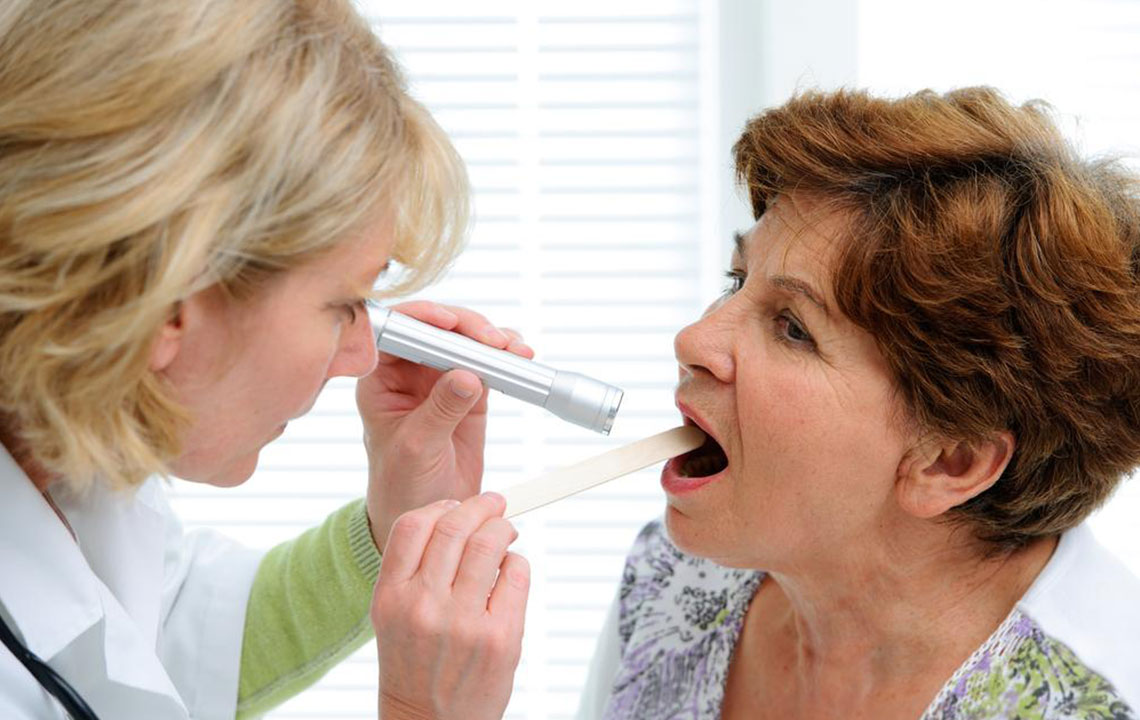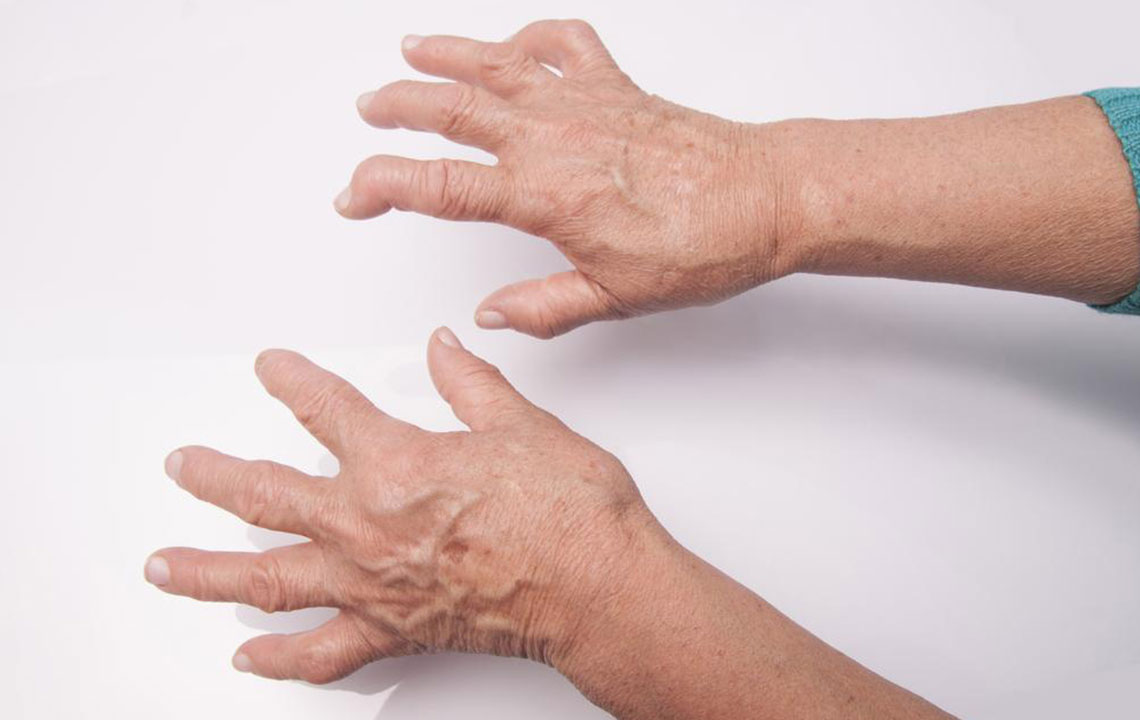Key Indicators and Symptoms of Oral Cancer to Watch For
This article highlights vital signs and symptoms of mouth cancer in women, emphasizing the importance of early detection. Recognizing persistent sores, patches, sore throats, and foul breath can be life-saving. Accurate diagnosis and timely medical consultation are key to effective treatment, enhancing survival rates. The piece encourages awareness and proactive health checks for better outcomes.

Key Indicators and Symptoms of Oral Cancer to Watch For
Oral cancer, encompassing malignancies of the tongue, lips, gums, cheeks, and throat, is classified under head and neck cancers. Early detection is crucial, as delayed diagnosis allows the disease to spread, making treatment more challenging. According to the Oral Cancer Foundation, approximately 20% of affected individuals succumb annually. Mouth cancer can develop in anyone; thus, recognizing early warning signs is vital, especially for women, to facilitate prompt medical intervention before the disease advances.
To aid early detection, here's a list of common symptoms of oral cancer in women:
Persistent Mouth Sores and Ulcers
Unusual mouth sores or ulcers are often associated with oral cancer. These can appear on the lips, cheeks, gums, or throat and vary in size. Pay close attention to how long these sores take to heal; if they persist beyond normal healing time, medical evaluation is essential.
Any mouth sore that doesn't heal should prompt a visit to a healthcare professional.
Discolored Patches in the Mouth and Throat
Red or white patches may develop in the oral cavity, possibly resulting from infections or early signs of cancer. If their cause is uncertain, consulting a doctor is critical. These patches represent early symptoms and require timely intervention.
Chronic Sore Throat
While sore throats are common, persistent discomfort or difficulty swallowing could indicate a more serious issue. If symptoms worsen or linger over time, medical consultation is highly recommended.
Unusual Bad Breath (Halitosis)
Halitosis is a persistent foul odor that cannot be simply masked with mints or mouthwash. It often signals underlying health issues, including oral cancer. Professional evaluation is advised if halitosis persists despite good oral hygiene.
Recognizing these early signs in women is crucial for timely treatment. Visual aids and consulting healthcare providers can support early diagnosis and better outcomes.










